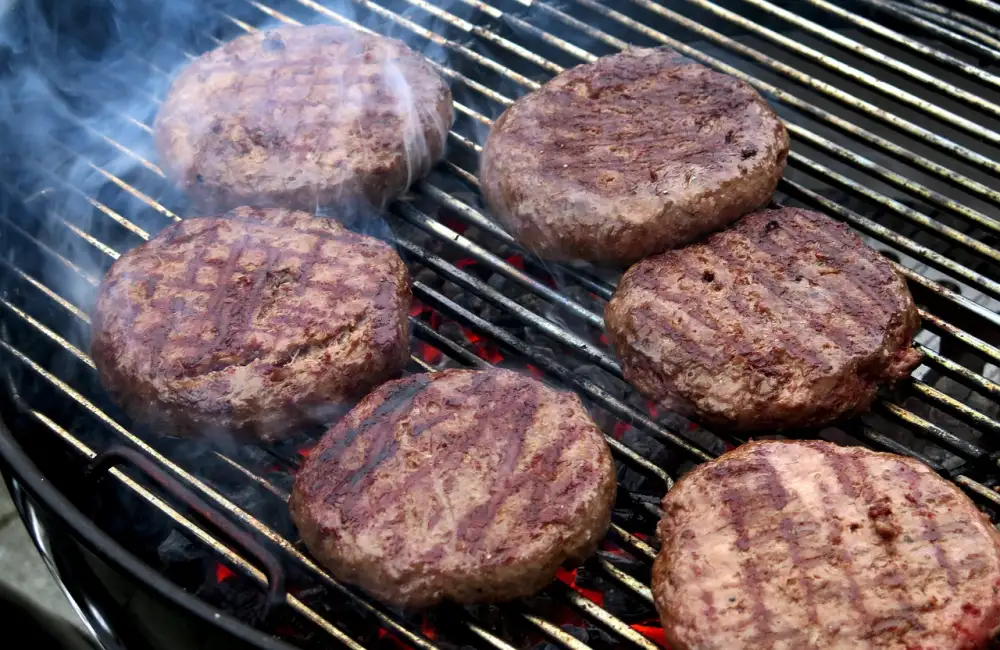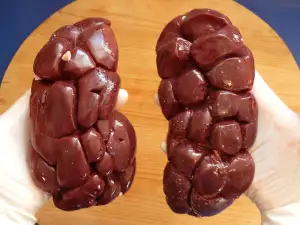Delightful Delicacy: Unraveling the Charms of German Meatballs

German meatballs, known as "Königsberger Klopse" or simply "Frikadellen," are a beloved dish that holds a special place in German cuisine. These flavorful meatballs are typically made from a mixture of ground pork or beef, breadcrumbs, onions, eggs, and various herbs and spices. They are often pan-fried until golden brown and served with a rich gravy or creamy sauce. German meatballs are a comfort food favorite that can be enjoyed as a main course or as part of a hearty meal.
History and Origin of German Meatballs
German meatballs, known as "Königsberger Klopse" or "Frikadellen," have a rich history dating back to the Middle Ages. Initially created as a way to utilize leftover meats, these savory balls evolved into a beloved dish across Germany. The name "Königsberger Klopse" originates from the city of Königsberg in Prussia, where the dish gained popularity in the 18th century. Over time, variations emerged in different regions, each adding its unique twist to this classic comfort food.
Ingredients Used in German Meatballs
When it comes to crafting the perfect German meatball, known as "Königsberger Klopse" or "Frikadellen," the key lies in the selection of high-quality ingredients. The main components typically include ground beef or a mixture of beef and pork, breadcrumbs, eggs, onions, salt, pepper, and a variety of herbs such as parsley and marjoram. Some recipes may also call for a splash of milk or cream to add moisture and richness to the mixture. These simple yet flavorful ingredients come together to create a savory and satisfying dish that has been beloved in German cuisine for generations.
Traditional Preparation Methods
Traditional German meatballs, known as "Königsberger Klopse," are typically made by combining ground beef or a mixture of beef and pork with onions, bread crumbs, eggs, and a variety of seasonings like salt, pepper, and nutmeg. The mixture is then shaped into small balls and gently fried in butter until golden brown. Some recipes call for the addition of capers or anchovies to enhance the flavor profile. Once cooked, the meatballs are simmered in a creamy white sauce made from broth, flour, butter, and cream until they are tender and flavorful. This slow cooking process allows the meatballs to absorb the rich flavors of the sauce, resulting in a dish that is both hearty and comforting.
Variations of German Meatballs Across Regions
Variations of German meatballs, known as "Königsberger Klopse" in the northern regions, are typically made with a creamy caper sauce. In southern Germany, particularly in Bavaria, "Frikadellen" are popular, often seasoned with parsley and served with potato salad. In the Swabian region, "Maultaschen" are a type of meatball wrapped in pasta dough and cooked in broth. Each region puts its own unique twist on this classic dish, showcasing the diverse culinary heritage of Germany.
Serving Suggestions and Accompaniments
When it comes to serving German meatballs, there are various traditional accompaniments that complement the dish perfectly. One classic way to enjoy German meatballs is with a side of creamy mashed potatoes and tangy sauerkraut. The combination of flavors and textures creates a harmonious balance that will surely delight your taste buds. Alternatively, you can serve German meatballs with a side of buttered noodles or crispy roasted potatoes for a hearty and satisfying meal. To enhance the experience, consider pairing them with a dollop of spicy mustard or a drizzle of rich gravy for an extra burst of flavor. Whichever way you choose to enjoy them, German meatballs are sure to be a crowd-pleaser at any dining table.
Popular German Meatball Recipes
1. Königsberger Klopse: These are meatballs made with a mixture of ground veal, pork, and onions, simmered in a creamy caper sauce. This dish originated in the city of Königsberg, now known as Kaliningrad.
2. Frikadellen: These are pan-fried meatballs made with a combination of ground beef and pork, breadcrumbs, onions, and spices like nutmeg and parsley. They are often served with potato salad or mashed potatoes.
3. Buletten: Similar to Frikadellen, Buletten are meatballs made with minced meat (usually beef or pork), onions, eggs, and bread soaked in milk. They are seasoned with salt, pepper, and sometimes paprika before being pan-fried until crispy.
4. Labskaus mit Ei: In this Northern German dish, meatballs made from corned beef or minced meat are served alongside Labskaus – a traditional sailor's dish made from salted meat, potatoes, beetroot, pickles, and fried egg.
These recipes showcase the diverse flavors and regional variations of German meatballs that have been enjoyed for generations.
Health Benefits of German Meatballs
German meatballs, also known as "Königsberger Klopse" or "Frikadellen," offer more than just delicious flavors. These savory delights are a good source of high-quality protein, essential for muscle growth and repair. They also contain important nutrients such as iron, zinc, and B vitamins that support overall health. Additionally, by using lean meats and incorporating vegetables into the recipe, German meatballs can be a nutritious option for those looking to maintain a balanced diet.
In conclusion, German meatballs, known as "Königsberger Klopse" or "Frikadellen," hold a special place in German cuisine with their rich history and diverse variations. These savory delights have stood the test of time, evolving to suit different tastes and preferences across regions. Whether served as a comforting meal at home or enjoyed at traditional German restaurants, the hearty flavors and comforting textures of German meatballs continue to captivate food enthusiasts worldwide. Their versatility in ingredients and preparation methods ensure that there is always something new to discover and savor with each bite. So, next time you crave a taste of culinary excellence, indulge in the delightful charm of German meatballs for a truly satisfying dining experience.
Published: 11. 04. 2024
Category: Food



